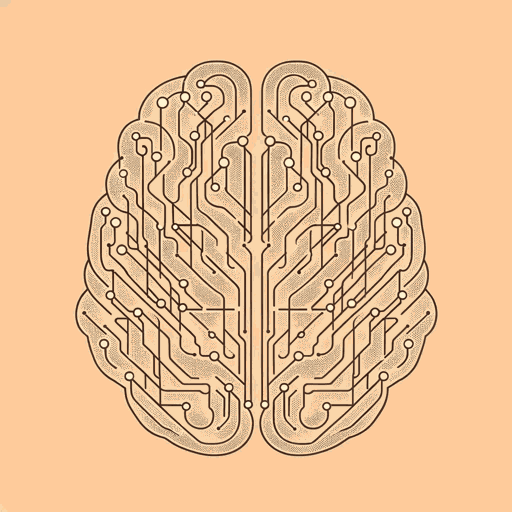48 pages • 1 hour read
Nicholas CarrThe Shallows: What the Internet Is Doing to Our Brains
Nonfiction | Book | Adult | Published in 2010A modern alternative to SparkNotes and CliffsNotes, SuperSummary offers high-quality Study Guides with detailed chapter summaries and analysis of major themes, characters, and more.
Prologue-Digression 1Chapter Summaries & Analyses
Prologue Summary: “The Watchdog and the Thief”
Nicholas Carr opens The Shallows with a Prologue introducing Marshall McLuhan’s 1964 text, Understanding Media: The Extensions of Man. McLuhan argued that “the ‘electric media’ of the twentieth century—telephone, radio, movies, television—were breaking the tyranny of text over our thoughts and senses” and that these new media were exerting control over people, changing the way that they think and behave (1). Carr connects McLuhan’s assertion that “the medium is the message” to contemporary discussions about how the Internet is affecting cognitive function (2). Carr suggests that McLuhan’s observations in the 1960s about how media fundamentally change people’s brains are even more true of the Internet. It is the medium itself, and not just its content, that affects how people think.
Chapter 1 Summary: “Hal and Me”
Chapter 1 begins with a description of the supercomputer HAL’s death scene in Stanley Kubrick’s 2001: A Space Odyssey. Carr compares how HAL could feel its mind changing to how Carr has noticed his own mind changing over the course of his lifetime: “Over the last few years I’ve had an uncomfortable sense that someone, or something, has been tinkering with my brain, remapping the neural circuitry” (5). Carr notes that his memory and focus have both been affected by his increasing use of the Internet.
Featured Collections
Books & Literature
View Collection
Common Reads: Freshman Year Reading
View Collection
Memory
View Collection
New York Times Best Sellers
View Collection
Philosophy, Logic, & Ethics
View Collection
Popular Study Guides
View Collection
Pulitzer Prize Fiction Awardees &...
View Collection
Science & Nature
View Collection
Sociology
View Collection
The Future
View Collection


